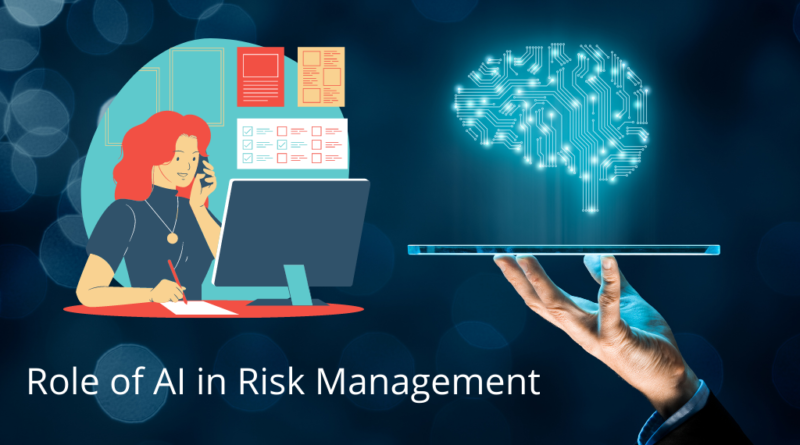Role of AI in Risk Management
Artificial Intelligence is not a buzzword anymore. It has been in application for the last decade and is continuously evolving and expanding year by year. It has become an essential tool for the financial services sector, having a lot of importance. Everyone knows that AI has enormous potential, and it can increase operational & cost efficiency by automating manually intensive processes. AI has increased customer engagement in financial services by creating more personalized interaction between customers and their finances using conversational AI and deep learning fraud detection models. The usage of a large amount of data in the financial services domain has paved the way for artificial intelligence. AI can analyze & learn continuously from the new data by spotting behavior & patterns and predicting the possible outcomes. AI enables incumbent financial institutions to deliver more innovative and secure services to their clients and customers.
Role of AI in Risk Management
With evolving regulatory challenges and increasing digitization, financial institutions are facing an increasingly complex risk landscape. Financial firms need to invest in artificial intelligence to cope and manage the risk appropriately as it provides them with tools and AI solutions to discover fraud and potential danger.
With the application of AI, it becomes easier for the risk managers of financial institutions to analyze the data and predict the possible outcomes based on the patterns and AI findings. AI tools can help in providing accurate risk assessment and risk management data, thus enhances decision-making capabilities. Various investment firms utilize AI technologies in their financial risk assessment tools to make informed investment decisions.
So, let’s explore the different scenarios in which AI can benefit Risk Management in Finance Industry.
Accurate Fraud Detection
Fraud detection is one of the significant challenges with banks and financial institutions. Day by day, cybercriminals are becoming more sophisticated and are utilizing technologies for their benefiFraud detection is one of the significant challenges with banks and financial institutions. Day by day, cybercriminals are becoming more sophisticated and are utilizing technologies for their benefit. McAfee estimates that cybercrime, of which financial fraud is a component, now costs the world around $600 billion, equating to 0.8 percent of the global GDP. (Source: McAfee)
To deal with threats, banks and financial institutions are using tools and technologies that leverage machine learning. With the help of machine learning algorithms, financial institutions can analyze the high volume of data and detect any irregularity or abnormality. Machine learning can be categorized into supervised and unsupervised learning. Based on the fraud complexity, machine learning models are developed that comprise supervised and unsupervised algorithms. These models are then trained to find the irregularities and abnormalities in data hidden from the human eye.
Effective Regulatory Compliance
Over the years, there has been tremendous growth in the rules and regulations in the financial services industry. To avoid hefty fines and penalties, adherence to these rules and regulations is a must. These rules & regulations comprise large documents with lots of pages, and these documents must be read thoroughly before implementation. AI helps in simplifying and interpreting these documents. AI solutions use natural language processing and deep learning technologies to read compliance requirements from regulators’ websites and notify businesses of any changes in regulations. So overall, AI solutions help achieve regulatory compliance by simplifying regulatory compliance, informing businesses, monitoring organizations’ adherence to rules.
Credit Risk Prediction
Credit risk refers to the risk of losing money when a borrower fails to meet financial commitments. Credit risk scoring models help predict the Non-Performing Asset (NPA) for the financial institution by analyzing the customer’s vast amount of transactional data and payment history. Credit risk scoring models are built using machine learning technologies, including tools and technologies like regression, decision trees, and statistical analysis to generate a credit score.
Conclusion
As artificial intelligence and machine learning technologies are prevalent in the financial services industry, the risk management teams benefit remarkably. The investment firms and RIA’s use a financial risk tolerance questionnaire to assess the individual’s risk based on various parameters. Many of the processes are automated, which also reduces the chances of any error, thus increasing the overall efficiency of the whole process.



